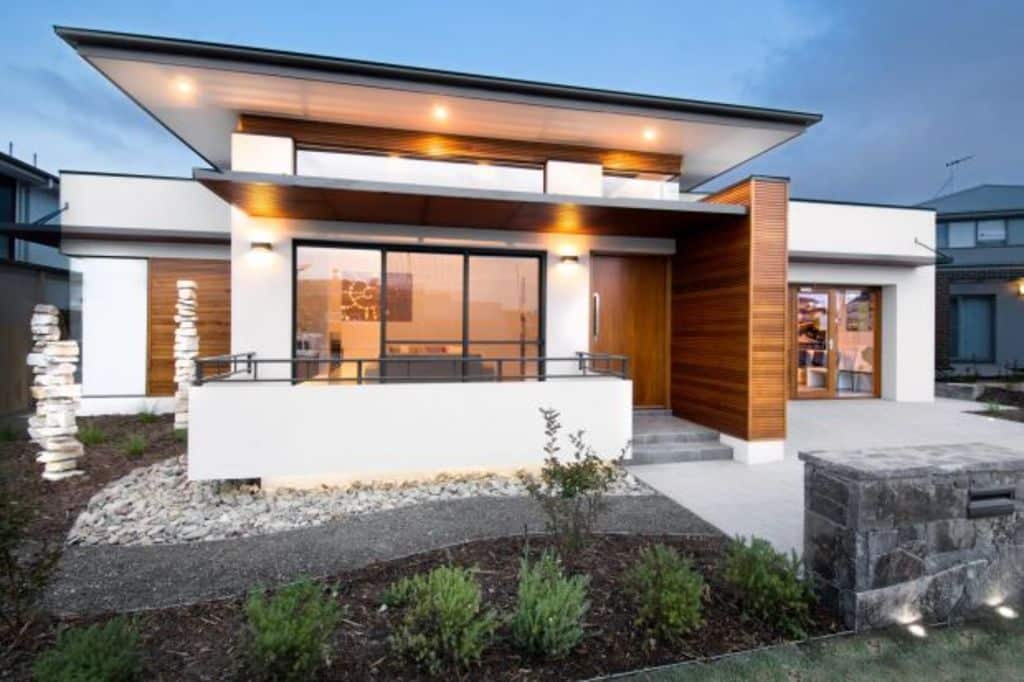Applying Mathematical Principles in Design
“Mathematics is beautiful.” This might seem odd to those who shy away from numbers and equations. Yet, some of nature’s most stunning phenomena, from tiny seashells to vast whirlpool galaxies, display mathematical properties. Aristotle, one of the greatest ancient philosophers, once remarked, “The mathematical sciences particularly exhibit order, symmetry, and limitation; and these are the greatest forms of the beautiful.”
Due to its inherent beauty, mathematics has long influenced art and architectural design. However, its application in website design is still relatively untapped. This may be because many perceive mathematics as the antithesis of creativity. In reality, mathematics can be a powerful tool for crafting innovative designs.
It’s important to remember that while you don’t need to use math for every design, viewing it as a friend rather than a foe can be incredibly beneficial.
Understanding the Golden Ratio in Design
The golden ratio, also known as the divine proportion, is an irrational mathematical constant with an approximate value of 1.618033987. When the ratio of the sum of two quantities to the larger quantity is the same as the ratio of the larger quantity to the smaller one, these quantities are said to exhibit the golden ratio.
We previously published an in-depth article titled “Applying Divine Proportion To Web Design,” which explains how to integrate the golden ratio into web design. Today, we’ll focus on using golden rectangles in web design. A golden rectangle has side lengths that adhere to the golden ratio of 1 to approximately 1.618.
Constructing a Golden Rectangle
Creating a golden rectangle is simple:
- Draw a Square: Start by constructing a basic square.
- Draw an Arc: Draw a line from the midpoint of one side of the square to an opposite corner. Use this line as the radius to draw an arc that determines the rectangle’s height.
- Complete the Rectangle: Finish constructing the golden rectangle using this height.
As you can see, mathematical designs are based on numbers. This means that mathematical concepts in art can be calculated. We are talking about something more than superficial geometry in design. If you have problems with numbers or just want to calculate a formula faster, download Math Solver App with AI algorithms.
In order for an AI homework helper to calculate a formula, you only need to take a photo of it. And you get not just a result, but a consistent solution, even a solution is available in several ways.
Applying Golden Rectangles in Minimalist Design
Consider the minimalist design example below. This design features six golden rectangles, arranged three per line. Each rectangle measures 299 x 185 pixels, adhering closely to the golden ratio, as 299/185 equals approximately 1.616.
The abundant white space surrounding these golden rectangles fosters a calm and simple environment, allowing the navigation options to stand out and fulfill their purpose. Despite the limited use of colors and the consistent positioning of blocks, the navigation options remain clear and accessible.
However, adding a new golden block while maintaining the design’s consistency may be challenging. A feasible design solution could involve adding the block to the third line and utilizing the remaining horizontal space for other features that may or may not be prominent, depending on necessity.

Fibonacci Design Principles
Fibonacci design principles are rooted in the Fibonacci sequence of numbers, where each number is the sum of the two preceding ones, starting from 0 and 1 (or sometimes 1 and 1). Here’s how the sequence looks:
0, 1, 1, 2, 3, 5, 8, 13, 21, 34, 55, 89, 144…
This sequence approaches the Golden Ratio as it progresses, and can be used in design to create visually appealing and well-proportioned layouts.
Application in Design
In visual art and music, Fibonacci numbers help determine dimensions and placements. For example, you might see the sequence used to set the length or size of content and formal elements. When applying these principles, you need a balance between strict mathematical rules and creative flexibility.
Practical Example
Consider a minimalist typography blog layout. Start with a base width, say 90px. Then, use Fibonacci numbers to scale this base width for different elements. If you multiply 90px by Fibonacci numbers, you get the widths for columns:
- First column = 180px (90 x 2)
- Second column = 270px (90 x 3)
- Third column = 720px (90 x 8)
Font Sizing
Similarly, font sizes can follow the sequence for harmonious text scaling:
- Blog heading = 55px
- Article heading = 34px
- Content text = 21px
Conclusion
As designers, it’s important to embrace and experiment with mathematical principles in our work. Math can provide structure and harmony while also allowing for creative expression. By incorporating the golden ratio and Fibonacci sequence into design, we can create visually appealing layouts that are both functional and aesthetically pleasing.
So let’s not be afraid of numbers anymore – let’s use them to enhance our designs! So go ahead, grab your calculator or smartphone, and start exploring the endless possibilities of math in design! Happy designing!







